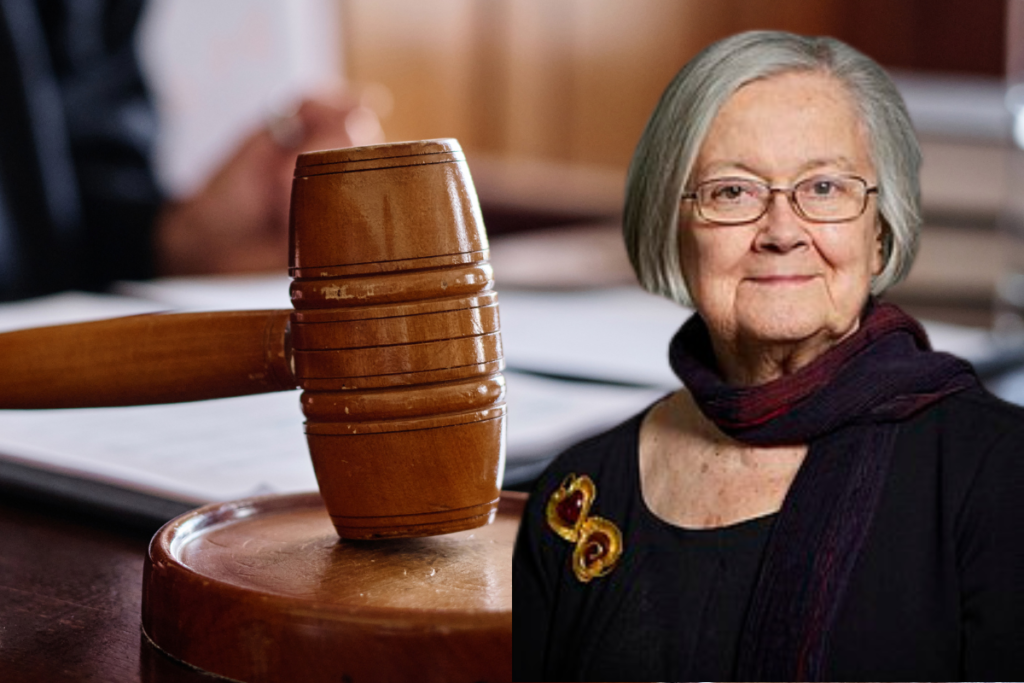In a landmark ruling, the UK Supreme Court has decided that the terms “man” and “woman” in the Equality Act 2010 refer strictly to biological sex, not gender identity. This ruling invalidates Scottish government guidance that had recognized trans women with gender recognition certificates as legally women under the Act. While the decision does not alter the Gender Recognition Act or anti-discrimination protections for transgender individuals, it has sparked intense debate about the balance between sex-based rights and transgender inclusion. The ruling is seen as a significant moment in the ongoing conversation around gender and legal recognition in the UK.
The decision has been met with mixed reactions. Prime Minister Keir Starmer expressed support for the clarity the ruling provides, stating that it removes ambiguity and ensures consistency in how the law is applied. On the other hand, LGBTQ+ advocates have voiced concerns about the potential negative impact on transgender people, fearing that this ruling could restrict access to essential legal protections in areas such as employment and healthcare. The ruling has raised questions about how to ensure that transgender individuals continue to receive the rights and respect they deserve while balancing the rights of those with sex-based protections.
The Supreme Court’s decision is likely to have far-reaching implications for how gender identity is treated in UK law moving forward. While the ruling does not directly challenge the protections offered to transgender people under the Gender Recognition Act, it may influence future cases and policies related to transgender inclusion. As the debate continues, the UK faces the challenge of finding ways to protect both sex-based and gender identity-based rights, ensuring that the legal system is inclusive while safeguarding the rights of all individuals.



